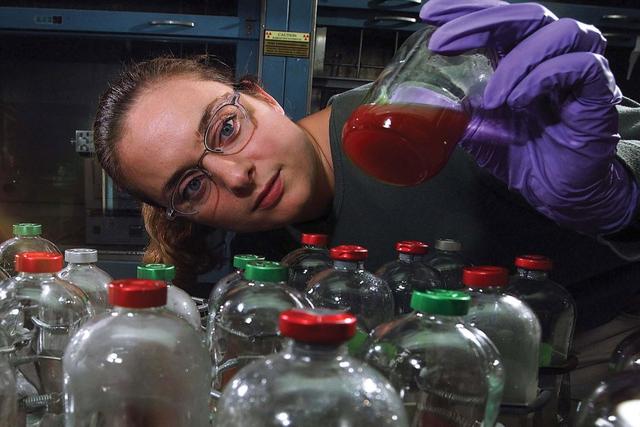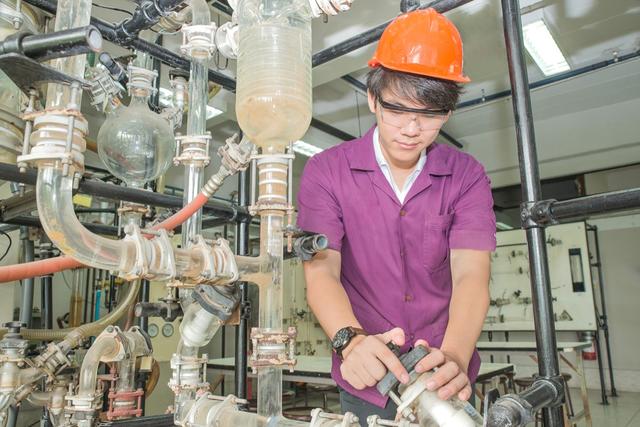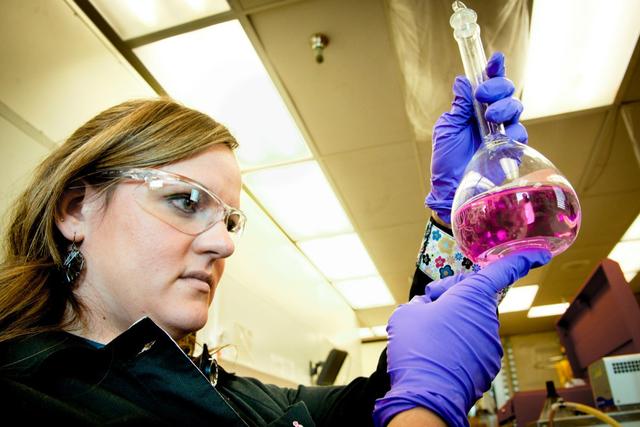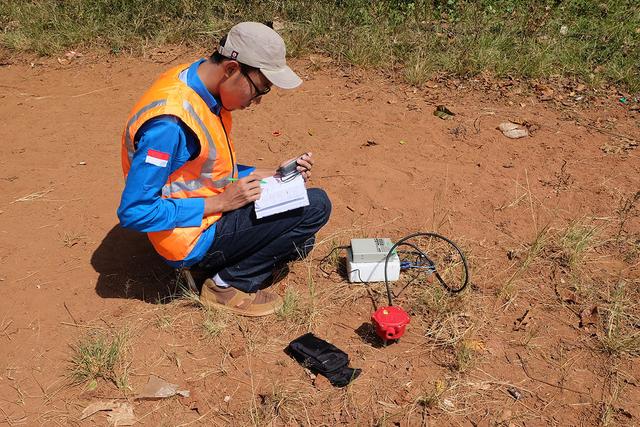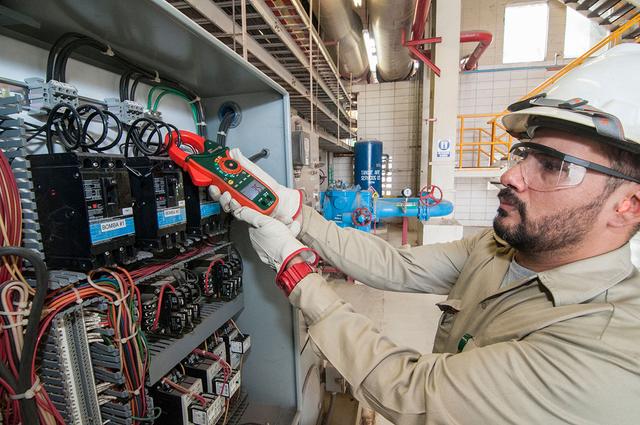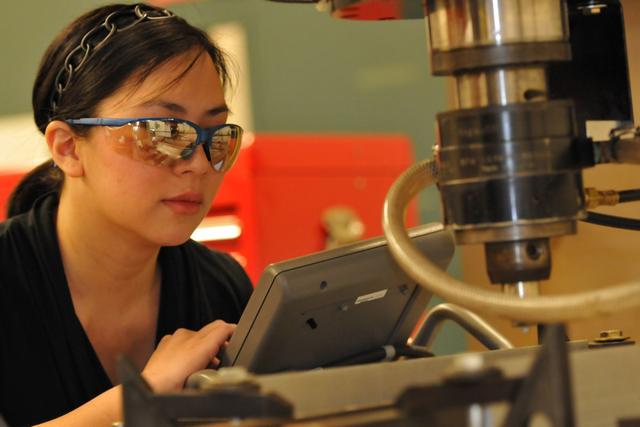Fuel Cell Technicians
Overview

Introduction
Fuel cell technicians work on fuel cell systems that are used in transportation and for stationary and portable applications. They assemble and install fuel cells or fuel cell stacks, following assembly documents and schematics. They work closely with fuel cell engineers and other professionals to design, study, modify, and build fuel cell components. In 2023, approximately 19,604 people were employed in the U.S. hydrogen/fuel cell vehicle industry, according to the U.S. Energy and Employment Report 2024 from the U.S. Depar...
Quick Facts
Median Salary
Employment Prospects
Minimum Education Level
Experience
Skills
Personality Traits
Earnings
The U.S. Department of Labor does not provide salary information for fuel cell technicians. It does provide salary data for technicians in all industries. The salary ranges by specialty in May 2023 were:
- chemical, $42,900 to $109,190+
- electrical and electronics engineering, $46,420 to $105,320+
- industrial engineering, $44,950 to $94,540+
- mechanical engine...
Work Environment
Fuel cell technicians work full-time hours. They may work in the shop, in office areas, or in both, depending on the job. The type of plant facility depends on the product. Field service technicians travel to clients to service and maintain fuel cells. Their work may expose them to toxic materials and hazards from equipment. They follow safety procedures to prevent injuries.
Outlook
In its 2024 United States Energy & Employment Report, the Department of Energy revealed that 400,000 clean energy jobs had been created since 2020, reflecting a growth rate of 12.8 percent. During the same timeframe, the rest of the energy sector achieved growth of 9.7 percent. In 2023 alone, clean energy-related employment increased at a rate of 4.9 percent, resulting in 149,000 a...
